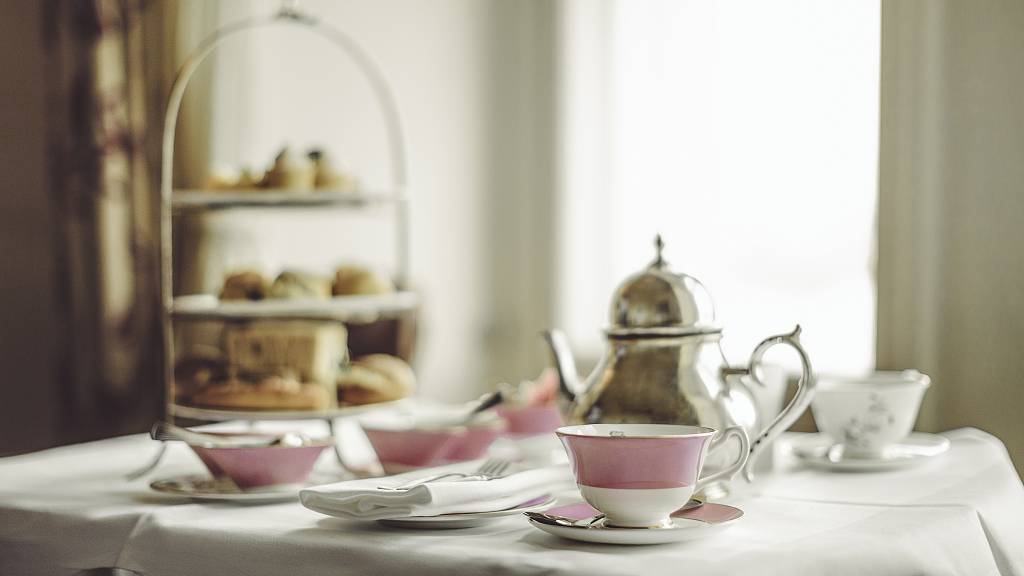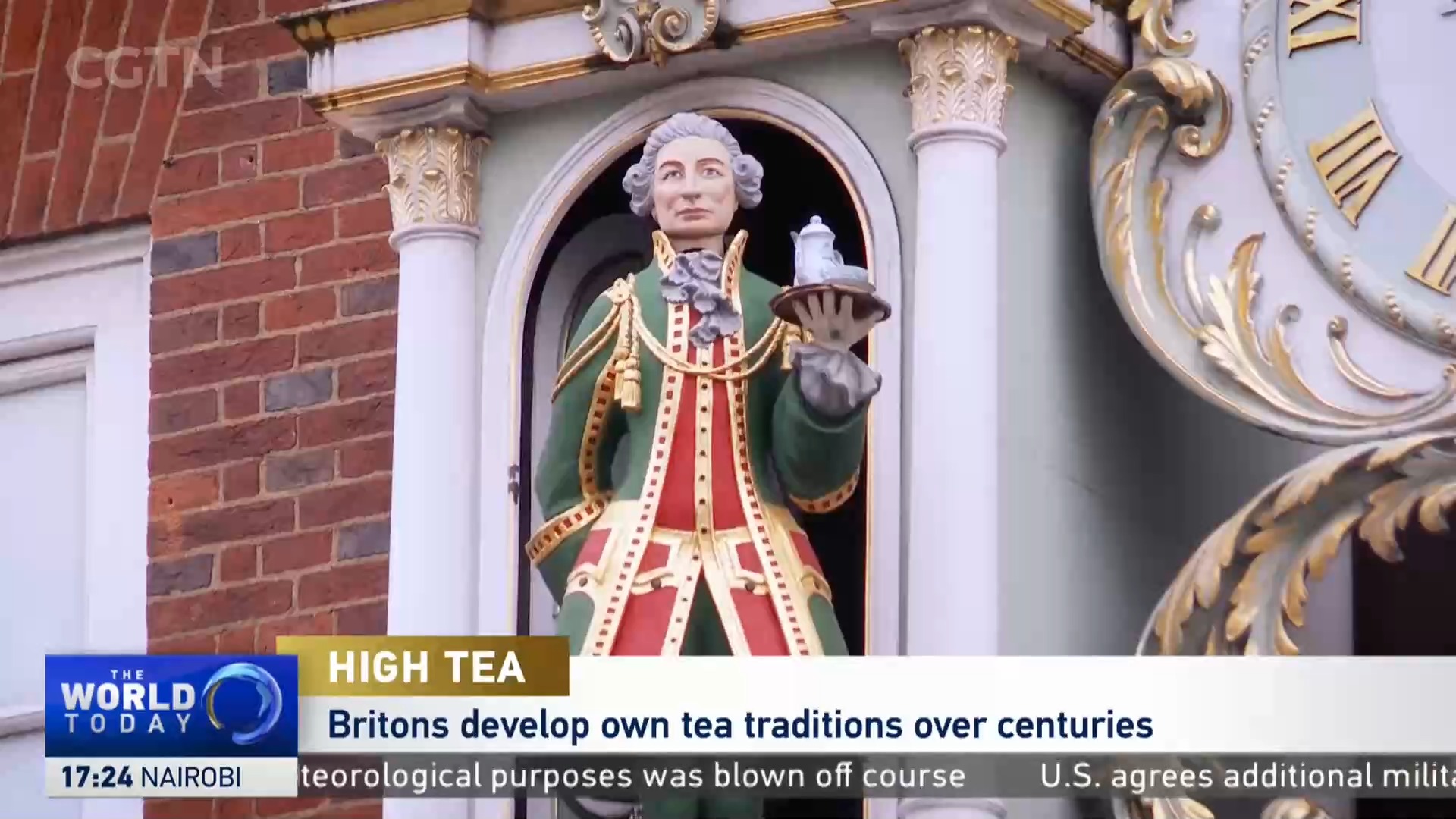
Some countries are particularly linked to tea, and the UK happens to be one, with more than 70 percent of the British population drinking it regularly. /CFP
Some countries are particularly linked to tea, and the UK happens to be one, with more than 70 percent of the British population drinking it regularly. /CFP
Tea. The simple herb grown on high ground carries huge significance in human culture. Tea ceremonies are an integral part of Chinese New Year celebrations. A similar ceremony is central to the Japanese culture. In India it's brewed in the pot with milk and spices.
In the Middle East nothing happens until the tray is brought complete with sugar cubes and small glasses to sweeten the clear red liquid. And in the UK there's afternoon tea.
More than 70 percent of the British population drink tea regularly. The British are associated with tea drinking. And yet the habit is barely 350 years old. It's said that Catherine of Braganza brought it from Portugal when she came to England to marry the King, Charles II.
READ MORE
Shaolin shines at Madrid's Chinese New Year
Belgrade to Budapest in 3.5 hours by rail
The Secret Betrayal: China's WWII sailors
Fortnum and Mason department store sits at the heart of London's Piccadilly, which used to be called Portugal Street, and there they will serve you afternoon tea all day long. It's elaborate, it's semi-formal and is very much a British tradition.
02:25

The tea itself will be a lighter blend than British folk drink at breakfast, with leaves from China, India, Africa and Sri Lanka combined to different tastes. The table will be laid with silverware and fine china.
There's room for a glass of champagne as well for special occasions. And there's the food. Neatly cut sandwiches without the crusts are filled with coronation chicken (a sweet cold curry paste), cucumbers (a classic), smoked salmon and cream cheese, egg mayonnaise, and possibly a fish paste.
If there's a tea tower, and there often is, then the next layer will host the scones, fruit or plain. These will be consumed with ridiculous layers of clotted cream and jam, torn apart with fingers or cut daintily with a knife.
And lastly there'll be cakes; hearty slices of madeira or coffee cake, or dainty pastries filled with custards or crystallized fruits decoratively layered with chocolate or sugar icing. It's hardly healthy, but it's popular.
It's a heavy meal and those who partake will almost certainly skip lunch or supper to make room for the experience. But it takes its place in the pantheon of cultural gatherings around the world's favorite drink.
In America, they drink it on ice, spiced with fruit, to celebrate the end of a hard day's work in the heat. And in the UK it's a treat, a chance to spoil yourself and to indulge your friends or loved ones. A time to gather and make a fuss just for its own sake.
The British drink endless cups of tea all day anyway, but the meal in the afternoon is something else, set apart. The water temperature has to be right; the pot has to be warmed, the better the porcelain, the more satisfying the brew. Leaves not bags, cold milk.
It's a great deal younger than the equivalent ceremony in Asia, but no less important in its own way.